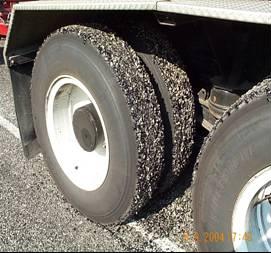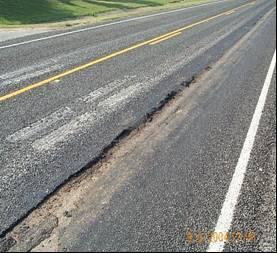The typical damages related to superheavy load moves are summarized as follows:
Shearing of the pavement surface during turning movements. The figure below shows the need to consider road geometry in the superheavy load route evaluation. This damage can be prevented by using transport equipment with steerable axles. If the mover does not have this type of equipment, then the engineer can ask that the mover protect the roadway surface at the turn by placing plywood sheets or laminated mats on the surface.
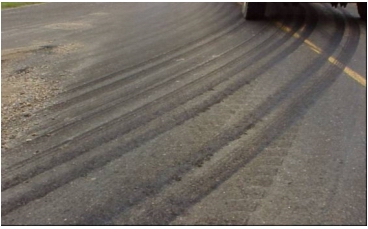
Rutting or cracking due to overload of the pavement structure. Recent rainfall or poor drainage conditions can weaken subgrade or base materials that will exacerbate structural damage of this type when the highway is subjected to heavy loads (Figure 5). The figure also shows the need to consider roadway geometry. The road is narrow, and the outside tires are tracking on the unsurfaced shoulder. Moving superheavy loads on these narrow highways should be avoided. If there is no other route available, the engineer can have the mover mat the width of the moving equipment (or road) where the trailer is going to track.
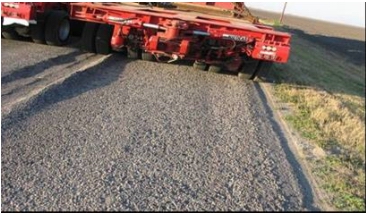
Peeling of fresh seal coats or asphalt concrete pavement overlays. Moves should be avoided on fresh seal coats. The curing process can take several weeks. If there is no other alternative, the mover can protect the surface by placing plywood sheets.
Bleeding of seal coats or asphalt concrete surfaces. Highway surfaces that are prone to flushing or bleeding should be restricted for use to only the cooler times of the day.
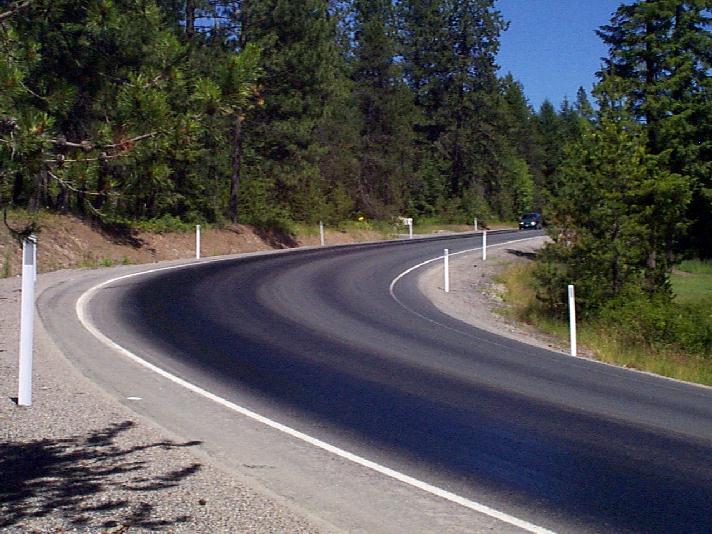
Lateral shear failure at the pavement edge (Figure 6). Loads placed at the pavement edge where there is a lack of lateral support may result in these failures, especially where subgrade soils are weak.
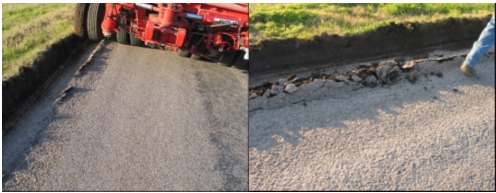
References
Original article content and pictures contributed by TxDOT.

